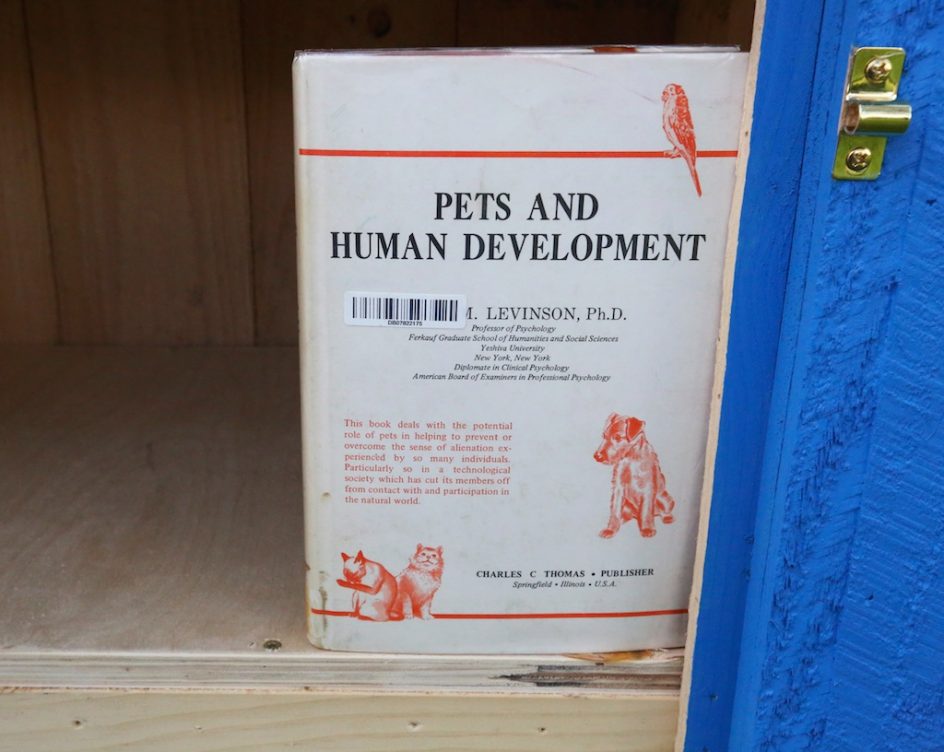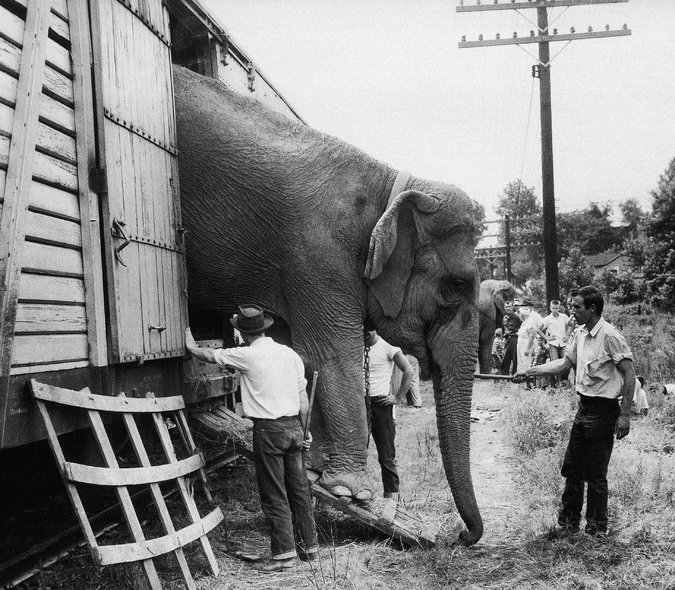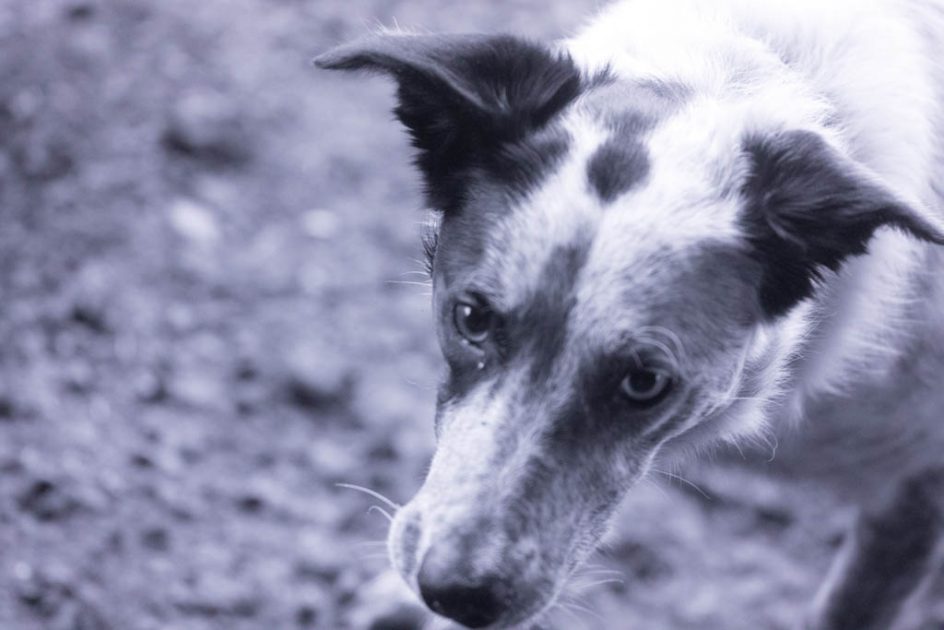(Note. There is rumored to be humor in this post. But this is true: Today, Tarzana stacked two cords of firewood in 90 minutes).
The Return Of Shekinah
Once upon a time, in a town far away, Bedlam Farm was caught in the middle of a bitter Galactic War between Trumpites and The Dread Socialist Squad. All was nearly lost, but one day, a new kind of superhero emerged to save the world just before the promised apocalypse.
The producers at Marvel World Headquarters had never seen anything like her, they hadn’t even had a chance to make a comic book out of her life.
It was believed she was the illegitimate child of the Goddess Shekinah, the Divine Entity chosen by the Gods to save Mother Earth from the Purple Witch Of The Universe, who came to earth to spread the word that Climate Change is a hoax and kill all the dogs and cats and ponies of the earth and use their meat to feed her renegade Zombie Army.
Her nemesis and the bane of the earth was Gargantua, the Corporation that controlled the earth, and who was the result of every corporation in the world merging into one corporation, so they could fire every worker on the planet, rape the earth, deny climate change, be evil and greedy, and use Artificial Intelligence to dominate the universe.
The only resistance on the battered planet left to fight Gargantua was a federation known as the Sisters Of Galaxy, a band of warrior goddesses sworn to fight evil and protect endangered snails.
They had created a new hero from the bones of a Tyrannosaurs and the skeleton of Thor, the slain idiot Superhero with an enormous penis and huge muscles.
It was a dark time at Bedlam Farm, all was nearly lost – the donkeys didn’t know what to do – when a bolt of lightning hit the ground and revealed a fearful and abused woman, instantly the most powerful Superhero that ever lived.
Perhaps she could succeed where all of the other superheroes had failed. The universe depended on it.
This new superhero vowed to never forget what dunderheads men were in this world, she sang of souls and empowerment and flew through the universe with a pack of man-hating Pit Bulls.
She took the name Captain Bedlam, her secret protected by her disguise as a humble artist working quietly in a 200-year-old schoolhouse which she called Bedlam Studio.
Nobody wondered how an unknown artist living in a shoebox of a studio sold all of her work all over the planet through something called a blog, it was the perfect disguise.
She knew how to blend into the rustic countryside.
She was barefoot most of the time, dressed in rags, she wore threadbare clothes from thrift shops, and whistled through her nose, and cursed vividly when she stepped on donkey or sheep shit.
Her story was that she made potholders!
Captain Bedlam’s alter ego – she called herself Mama Teresa – had no visitors or friends and spoke with no one but the trees and donkeys about her work. She pretended she was deaf and mute and couldn’t speak, so no one could get at her secret.
She was thought to be anti-social and grumpy. Little children ran by the house when they passed the farm on the way to school, shamans and witches crossed themselves when they went by.
At night, Captain Bedlam wandered the woods, counseling spiders, dancing naked, covering herself with mud and animal feces, talking to trees and singing with the owls and bears and raccoons.
She was a Nature Goddess, part fern, part bobcat, part bat, the Goddesses had mixed things into her. Thanos Katz, her “husband,” was afraid to speak to her directly, he left notes on the trees in the forest (where she eliminated and danced with bobcats) when he needed to tell her something or relay messages from the Galaxy.
“Wow,” said one of the donkeys to the other soon after Captain Bedlam arrived, “that superhero is tough!”
Nobody ever suspected this shy and reserved fiber artist in her schoolhouse studio could possibly be Captain Bedlam, whose eyes were lethal laser beams, who shot molten lava out of her vulva, and who had the power of a dozen Cable News Pundits to blow powerful winds that could take skyscrapers down.
But now, there was hope in the desperate fight against Gargantua.
Captain Bedlam was a superhero who could really kick ass. She had supernatural strength and also eyes that could melt the testicles of arrogant and abusive men. She scared the piss out of Thanos.
On the farm, she practiced her superhuman powers and dazzled the animals. Thanos Katz no longer would leave his bedroom, and bowed and prayed when she passed by outside.
Captain Bedlam could stack three cords of wood in less than it took Thanos to eat a peanut butter sandwich. Katz, a demented and browbeaten (some said Superhero-Pecked) but well-meaning mastermind stayed out of sight in his basement office, he didn’t like the sun, or the bugs or the smell of the manure in the fields.
He had an unfortunate habit of drowning continents and blowing up skyscrapers and leveling cities while he tried to figure out how to use the new Death Laser the Galaxy had built in a barn on Bedlam Farm. Captain Bedlam told him to stay out of her sight.
Katz peered out of his window when he thought nobody was looking and trembled at the rumblings of Captain Bedlam in her leggings, dangly earrings, tattoos, and gypsy shirts.
Captain Bedlam could dig a four-foot grave in less than an hour and dig 100 boulders out of the ground. She could shovel a path through blinding snowdrifts five feet high in less time than Thanos can drink a cup of coffee.
She climbed up trees like a monkey, sawing off limbs, and tore the old and broken slate pieces off of the roof with her teeth. The donkeys claimed she once flew up in the big maple tree to sing “Volcano Girls” by Veruca Salt with a flock of crows.
Captain Bedlam could dig a garden in a macro-second and use her whirlwind digging powers to plant 1,000 flowers before a Barn Swallow could crap on a car in the driveway from the birch tree.
It was said she could turn creepy men into Babaganoosh and that she and the other goddesses then ate them on a cracker.
Like Shekinah, ( the glory of the divine presence), she flew through the skies looking for animal abusers and polluters, she sent her angels and cherubs to sting their cheeks, or if that didn’t work, to eat them alive and throw their bones to the sharks in the sea.
She might have seemed a shy and quiet artist too much of the world but soon everyone in the Universe would have the words “Captain Bedlam” on their lips according to Thanos Katz, who had taken to hiding in the metal cabinet under the kitchen sink, or in the barn rafters with the other mice.
Only he and the donkeys knew the real identity of Captain Bedlam.
Shekinah had returned.





